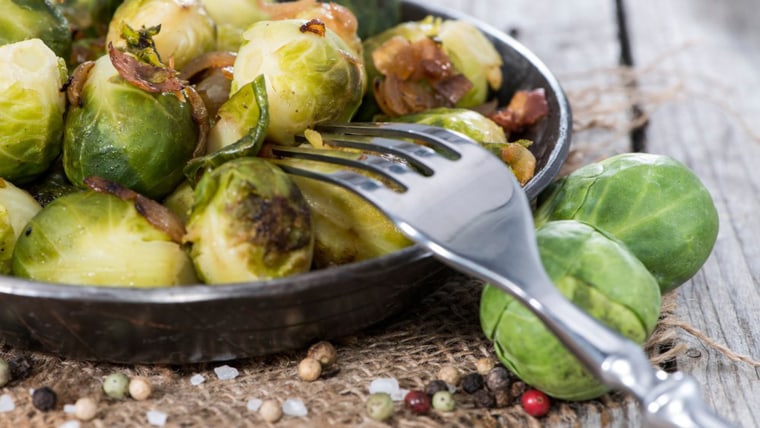Current research continues to document the health benefits of fiber, and a new study supports the health positives of a fiber-rich diet.
A new European study found that over a 10-year period, people reporting a fiber intake of around 20-26 grams of fiber daily, when compared with those reporting a low fiber intake, had a lower rate of developing type 2 diabetes.
While this doesn’t mean that a fiber-rich diet prevents diabetes, it suggests that fiber is one factor that helps reduce your risk of developing diabetes. But why this occurs remains unknown, and may be related the effects of fiber alone, or indirectly via a fiber-related boost in weight loss (which also reduces diabetes risk).
One simple diet change may be all you need to lose weight
While most of us think of fiber as primarily boosting digestive health, fiber has additional evidence-based benefits, including maintaining a healthy weight, and lowering the risk of diabetes, heart disease, and some cancers.
Here are five things you may not realize about fiber:
1.Fiber is a non-digestible carbohydrate.
Fiber comes from any parts of a plant that cannot be digested or absorbed by the body. Because fiber passes through the digestive tract unchanged and is eliminated, it is calorie free.
2.Most Americans don’t meet their daily fiber requirements.
While recommendations are in the range of 20 -38 grams daily, most Americans hover around 15 grams per day. The target for women is 20 – 26 grams daily, while men are advised to consume 26 – 38 grams daily. An easy rule of thumb is to “aim for 20 grams a day”. Consuming five serving of fruits and vegetables daily can get you there.
3.Food contains two different kinds of fiber.
Soluble fiber dissolves in water forming a gel-like consistency during digestion, and contributes to blood sugar stability and lowering cholesterol levels. Insoluble fiber does not dissolve in water and passes through the digestive tract acting like a sponge to soak up water. It expands in the stomach, and can increase feelings of fullness, supporting a weight loss effort. Insoluble fiber promotes movement and stool bulk in the digestive track, resulting in “regularity” and often relieving constipation.
4. Fiber is only found in plant-based foods.
Meat and dairy products do not naturally contain fiber. Because fiber is a form of carbohydrate, it’s found mainly in fruits, vegetables, whole grains, beans, and legumes. Even those who limit their intake of breads and other grains for weight control can get adequate amounts of dietary fiber from other sources.
5. Federal labeling regulations define a “good” source fiber as 3 grams per serving and an “excellent” source as 5 grams per serving.
Most foods in nature contain around 4 grams of fiber per serving. Some, like beans and some berries contain 2-3 times that amount for the same serving size. When choosing packaged foods like cereals and breads, look for the words “100% whole grains” and read the back-panel nutrition label for fiber of 3-5 grams per serving.
Check out some of our favorite fiber-rich foods. Mix and match to get at least 20 grams per day.
4 grams of fiber
One apple with skin, one pear with skin, large orange, large banana, one cup Brussels sprouts, 3 raw medium carrots, one ounce of almonds (23 almonds), one cup cooked corn, one-quarter cup sunflower seeds, 2 slices whole wheat bread, one medium baked potato, one cup cooked oatmeal.

8 grams of fiber
One cup blackberries, one cup raspberries, 6 cups air-popped popcorn, one cup cooked peas, one-and-one-half cups of broccoli.
12 grams of fiber
One cup baked beans, one cup lima beans, one cup all-bran cereal, one cup cooked quinoa
16 grams of fiber
One cup cooked split peas, one cup cooked lentils, one cup black beans
Follow Madelyn on Twitter @drfernstrom.